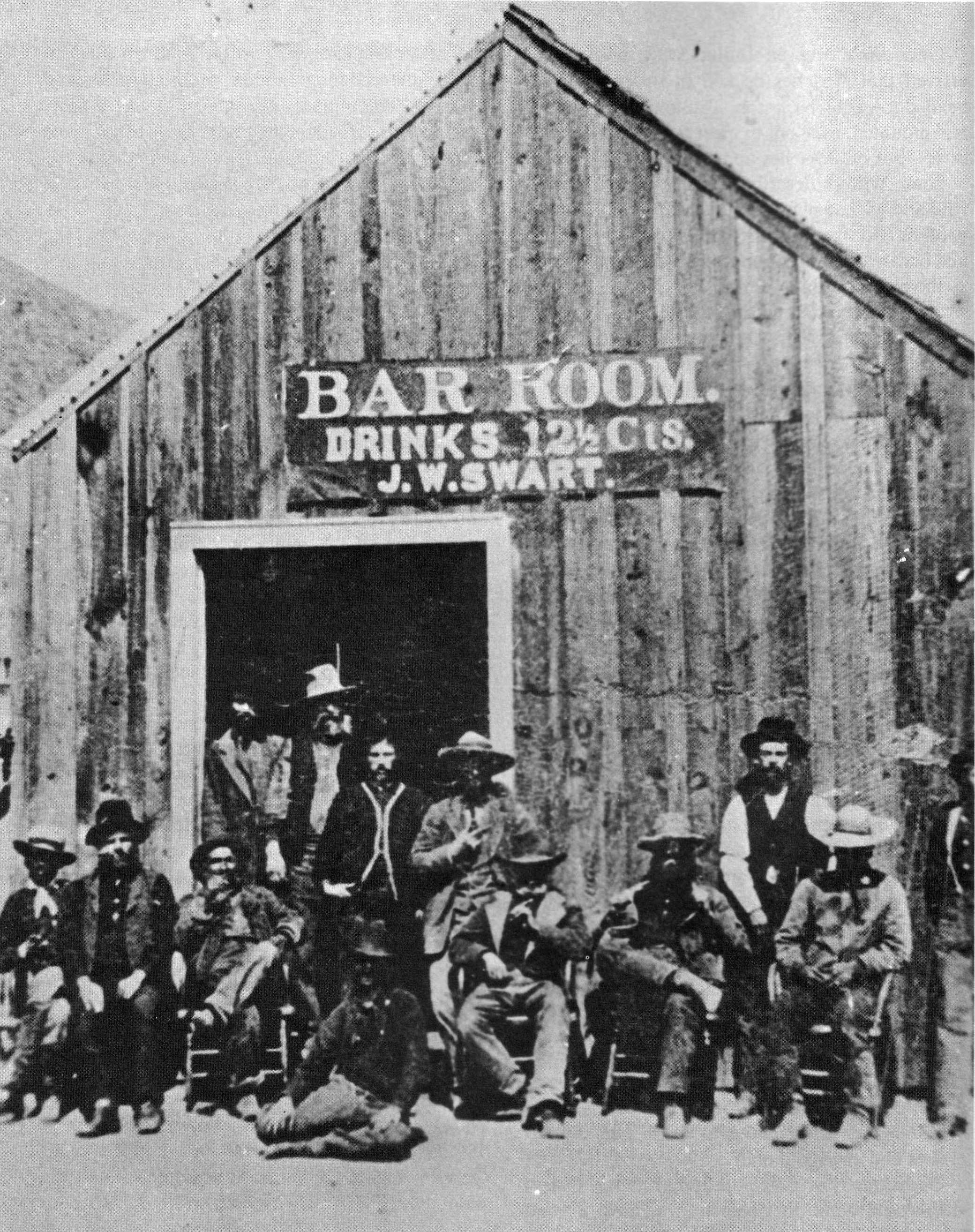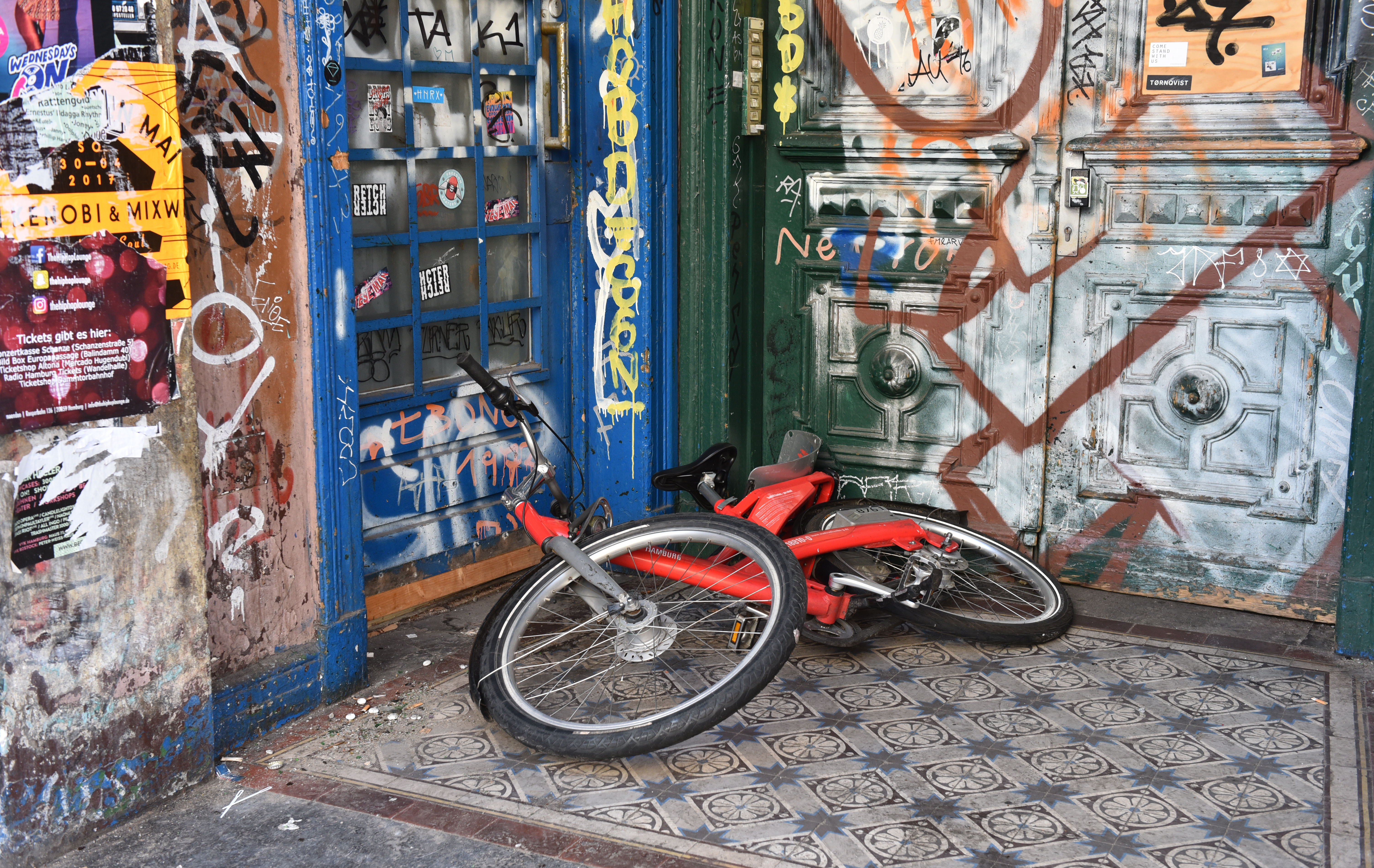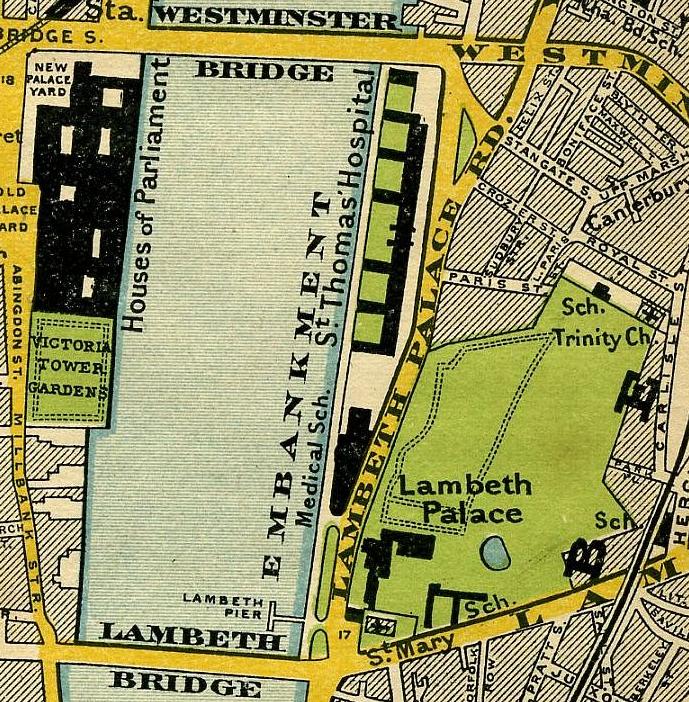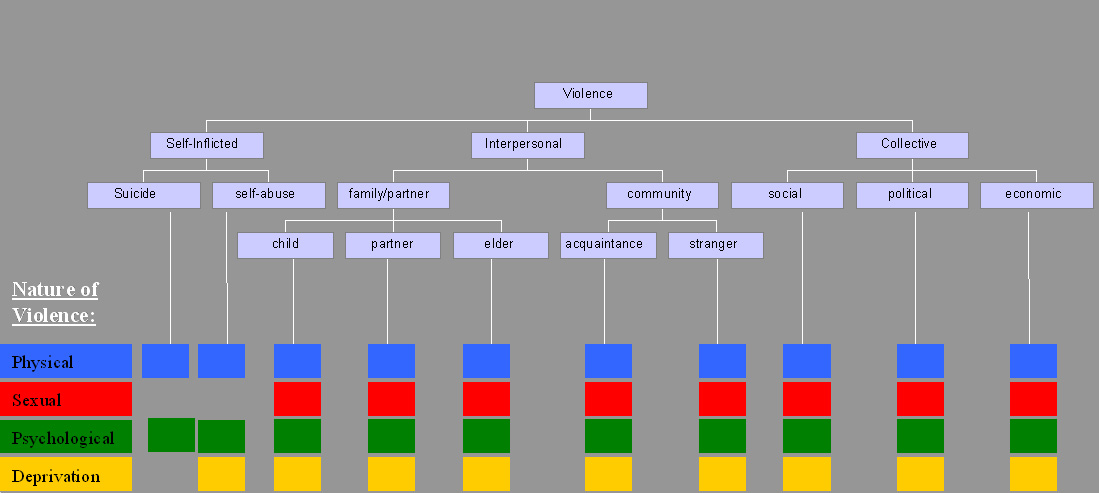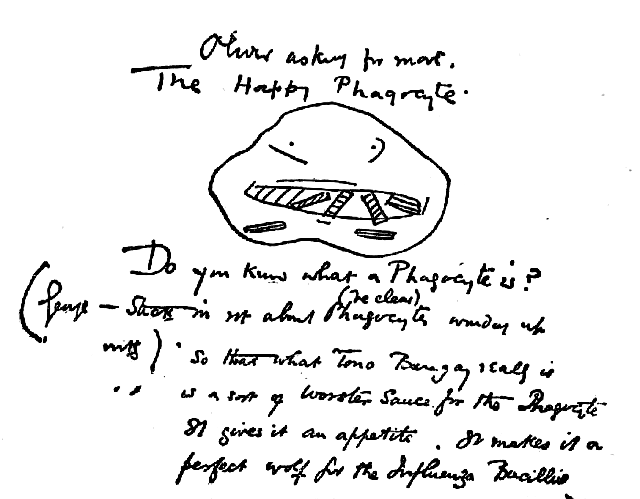|
Hooliganism
Hooliganism is disruptive or unlawful behavior such as rioting, bullying and vandalism, often in connection with crowds at sporting events. A hooligan is a person that engages in illicit reckless behaviors and is a public nuisance. Etymology There are several theories regarding the origin of the word ''hooliganism,'' which is a derivative of the word wiktionary:hooligan#Noun, hooligan. ''The Compact Oxford English Dictionary'' states that the word may have originated from the surname of a rowdy Irish people, Irish family in a music hall song of the 1890s. Clarence Rook, in his 1899 book ''Hooligan Nights'', wrote that the word came from Patrick Hoolihan (or Hooligan), an Irish Bouncer (doorman), bouncer and thief who lived in London. In 2015, the BBC Scotland TV programme ''The Secret Life of Midges'' noted that the English commander-in-chief during the Jacobite rising of 1745, General Wade, misheard the local Scots Gaelic word for midge—''meanbh-chuileag''—and coined the ... [...More Info...] [...Related Items...] OR: [Wikipedia] [Google] [Baidu] |
Football Hooliganism
Football hooliganism, also known as soccer hooliganism, football rioting or soccer rioting, constitutes violence and other destructive behaviors perpetrated by spectators at association football events. Football hooliganism typically involves conflict between pseudo-tribes, formed to intimidate and attack supporters of other teams. Certain clubs have long-standing rivalries with other clubs and hooliganism associated with matches between them (sometimes called Local derby, local derbies) can be more severe. Conflict may arise at any point, before, during or after matches and occasionally outside of game situations. Participants often select locations away from stadiums to avoid arrest by the police, but conflict can also erupt spontaneously inside the stadium or in the surrounding streets. In extreme cases, hooligans, police and bystanders have been killed, and riot police have intervened. Hooligan-led violence has been called "aggro" (short for "aggression") and "bovver" (the C ... [...More Info...] [...Related Items...] OR: [Wikipedia] [Google] [Baidu] |
Hooligan
Hooliganism is disruptive or unlawful behavior such as rioting, bullying and vandalism, often in connection with crowds at sporting events. A hooligan is a person that engages in illicit reckless behaviors and is a public nuisance. Etymology There are several theories regarding the origin of the word ''hooliganism,'' which is a derivative of the word hooligan. ''The Compact Oxford English Dictionary'' states that the word may have originated from the surname of a rowdy Irish family in a music hall song of the 1890s. Clarence Rook, in his 1899 book ''Hooligan Nights'', wrote that the word came from Patrick Hoolihan (or Hooligan), an Irish bouncer and thief who lived in London. In 2015, the BBC Scotland TV programme ''The Secret Life of Midges'' noted that the English commander-in-chief during the Jacobite rising of 1745, General Wade, misheard the local Scots Gaelic word for midge—''meanbh-chuileag''—and coined the word ''hooligan'' to describe his fury and frustration a ... [...More Info...] [...Related Items...] OR: [Wikipedia] [Google] [Baidu] |
Riot
A riot or mob violence is a form of civil disorder commonly characterized by a group lashing out in a violent public disturbance against authority, property, or people. Riots typically involve destruction of property, public or private. The property targeted varies depending on the riot and the inclinations of those involved. Targets can include Shopping mall, shops, cars, restaurants, state-owned institutions, and religious buildings. Riots often occur in reaction to a grievance or out of dissent. Historically, riots have occurred due to poverty, unemployment, poor quality of life, living conditions, governmental oppression, taxation or conscription, conflicts between ethnic groups (race riot) or religions (e.g., sectarian violence, pogrom), the outcome of a sporting event (e.g., sports riot, football hooliganism) or frustration with legal channels through which to air grievances. While individuals may attempt to lead or control a riot, riots typically consist of disorganize ... [...More Info...] [...Related Items...] OR: [Wikipedia] [Google] [Baidu] |
Sport
Sport is a physical activity or game, often Competition, competitive and organization, organized, that maintains or improves physical ability and skills. Sport may provide enjoyment to participants and entertainment to spectators. The number of participants in a particular sport can vary from hundreds of people to a single individual. Sport competitions may use a team or single person format, and may be Open (sport), open, allowing a broad range of participants, or closed, restricting participation to specific groups or those invited. Competitions may allow a "tie" or "draw", in which there is no single winner; others provide tie-breaking methods to ensure there is only one winner. They also may be arranged in a tournament format, producing a champion. Many sports leagues make an annual champion by arranging games in a regular sports season, followed in some cases by playoffs. Sport is generally recognised as system of activities based in physical athleticism or physical de ... [...More Info...] [...Related Items...] OR: [Wikipedia] [Google] [Baidu] |
Bouncer (doorman)
A bouncer (also known as a door supervisor) is a type of security guard, employed at licensed or sanctioned venues such as bars, nightclubs, cabaret clubs, strip clubs and casinos. A bouncer's duties are to provide security, to check legal age and drinking age, to refuse entry for intoxicated people, and to deal with aggressive, violent or verbal behavior or disobedience with statutory or establishment rules. They are also charged with maintaining order, and ensuring that laws and regulations are followed by all patrons. They are civilians and they are often hired directly by the venue, rather than by a security firm throughout the Western world and particularly in the U.S. Bouncers are often required where crowd size, clientele or alcohol consumption may make arguments or fights a possibility, or where the threat or presence of criminal gang activity or violence is high. At some clubs, bouncers are also responsible for " face control", choosing who is allowed to patro ... [...More Info...] [...Related Items...] OR: [Wikipedia] [Google] [Baidu] |
Vandalism
Vandalism is the action involving deliberate destruction of or damage to public or private property. The term includes property damage, such as graffiti and defacement directed towards any property without permission of the owner. The term finds its roots in an Enlightenment view that the Germanic Vandals were a uniquely destructive people, as they sacked Rome in 455 AD. Etymology The Vandals, an ancient Germanic people, are associated with senseless destruction as a result of their sack of Rome under King Genseric in 455. During the Enlightenment, Rome was idealized, while the Goths and Vandals were blamed for its destruction. The Vandals may not have been any more destructive than other invaders of ancient times, but they did inspire English poet John Dryden to write, ''Till Goths, and Vandals, a rude Northern race, Did all the matchless Monuments deface'' (1694). However, the Vandals did intentionally damage statues, which may be why their name is associated with ... [...More Info...] [...Related Items...] OR: [Wikipedia] [Google] [Baidu] |
Lambeth
Lambeth () is a district in South London, England, which today also gives its name to the (much larger) London Borough of Lambeth. Lambeth itself was an ancient parish in the county of Surrey. It is situated 1 mile (1.6 km) south of Charing Cross, across the river from Westminster Palace. The population of the London Borough of Lambeth was 303,086 in 2011. The area experienced some slight growth in the medieval period as part of the manor of Lambeth Palace. By the Victorian era, the area had seen significant development as London expanded, with dense industrial, commercial and residential buildings located adjacent to one another. By this point, there were distinct localities (like Vauxhall) appearing on the map, and a separate parish of South Lambeth was created in 1861. The changes brought by World War II altered much of the fabric of Lambeth. Subsequent development in the late 20th and early 21st centuries has seen an increase in the number of high-rise buildings. The ... [...More Info...] [...Related Items...] OR: [Wikipedia] [Google] [Baidu] |
Violence In Sports
Violence is characterized as the use of physical force by humans to cause harm to other living beings, or property, such as pain, injury, disablement, death, damage and destruction. The World Health Organization (WHO) defines violence as "the intentional use of physical force or power, threatened or actual, against oneself, another person, or against a group or community, which either results in or has a high likelihood of resulting in injury, death, psychological harm, maldevelopment, or deprivation"; it recognizes the need to include violence not resulting in injury or death. Categories The World Health Organization (WHO) divides violence into three broad categories: self-directed, interpersonal, and collective. This categorization differentiates between violence inflicted to and by oneself, by another individual or a small group, and by larger groups such as states. Alternatively, violence can primarily be classified as either instrumental or hostile. Self-in ... [...More Info...] [...Related Items...] OR: [Wikipedia] [Google] [Baidu] |
Grenal
The Grenal (also Gre-Nal, plural Grenais), ongoing since 1909, is the rivalry between the Brazilian city of Porto Alegre's biggest football clubs, Grêmio and Internacional, usually contested in the '' Gauchão'', the Rio Grande do Sul state championship that both teams have won regularly since 1940, and the Campeonato Brasileiro Série A, the top-level national championship. Being among the fiercest football derbies in Brazil, South America and the world, Grenais are considered a key cultural aspect of the Southern region of Brazil and particularly Rio Grande do Sul. High levels of emotion, competition and occasional violence accompany such matches. In December 2020, FourFourTwo ranked the Grenal as the football world's 8th biggest derby. History Many well-known players have contested the Grenal, including Everaldo, Tesourinha, Aírton, Falcão, Éder, Valdomiro, Renato Gaúcho, Cláudio Taffarel, Dunga, Emerson, Carlos Gamarra, Ronaldinho, Elías Figueroa, And ... [...More Info...] [...Related Items...] OR: [Wikipedia] [Google] [Baidu] |
Happy Hooligan
''Happy Hooligan'' is an American comic strip, the first major strip by the already celebrated cartoonist Frederick Burr Opper. It debuted with a Sunday strip on March 11, 1900 in the William Randolph Hearst newspapers, and was one of the first popular comics with King Features Syndicate. The strip ran for three decades, ending on August 14, 1932. History The strip told the adventures of a well-meaning hobo who encountered a lot of misfortune and bad luck, partly because of his appearance and low position in society, but who did not lose his smile over it. He was contrasted by his two brothers, the sour Gloomy Gus and the snobbish Montmorency, both just as poor as Happy. Montmorency wore a monocle and a tin can with a label as a hat but was otherwise as ragged as his siblings. The archivist Jennifer Huebscher wrote that Opper may have taken inspiration for the Happy Hooligan's look from an illustration done by cartoonist Oscar Bradley depicting a Minnesotan acrobat and vaudeville ... [...More Info...] [...Related Items...] OR: [Wikipedia] [Google] [Baidu] |
Tono-Bungay
''Tono-Bungay'' is a realist semiautobiographical novel written by H. G. Wells and first published in book form in 1909. It has been called "arguably his most artistic book". It had been serialised before book publication, both in the United States, in ''The Popular Magazine'', beginning in the issue of September 1908, and in Britain, in '' The English Review'', beginning in the magazine's first issue in December 1908. Plot ''Tono-Bungay'' is narrated by George Ponderevo, who is persuaded to help develop the business of selling Tono-Bungay, a patent medicine created by his uncle Edward. George devotes seven years to organising the production and manufacture of the product, even though he believes it is "a damned swindle". He then quits day-to-day involvement with the enterprise in favour of aeronautics, but he remains associated with his uncle, who becomes a financier of the first water and is on the verge of achieving social as well as economic dominance when his business emp ... [...More Info...] [...Related Items...] OR: [Wikipedia] [Google] [Baidu] |





